You must have seen that if we rubbed any plastic pen with our hair then it start attracting some small pieces of paper. And you must have performed this too. But have you ever wondered why this happens, after rubbing a pen, it starts to pull small pieces of paper? Not only a plastic pen but even a glass rod can also attract small pieces of paper if rubbed by silk clothes.
Whenever a glass rod is rubbed with silk, it acquires the power to attract light bodies such as small pieces of paper. But the question is, who gave the rod this attracting power? The agent who gave this attractive power to the rod is an electric charge.
If electricity is generated by friction then this electricity is called frictional electricity.
In this section, we are going to learn about the Electric charges, definitions, types, & it’s properties, in detail.

What is electric charge?
Electric Charge has no fixed definition, different physicists gave different definitions from time to time.
According to William Gilbert – A charge is something that is possessed by material objects that makes it possible to exert electrical force on the other charged particles.
Some physicist says that – charge is the property (acquired or natural) of the material body due to which it produces and experiences an electrical and magnetic force.
Some of the naturally charged particles are electrons, protons, α particles, etc.
Definition for electric charge
Definition: Electric charge is the property (acquired or natural) of the material body due to which it produces and experiences an electrical and magnetic force.
Types of electric charges
Basically, there are two types of charges.
Positive charges
It is the deficiency of the electron compared to protons. Let’s consider an atom having 10 electrons and by any means, 3 electrons get escaped from the atom then now this atom has 7 electrons and 10 protons, due to escaping three electrons from the atom protons become dominant over electrons by three. So this atom becomes +3 positively charged.
Negative charges
It is the access of the electron in any system. Let’s consider an atom having 10 electrons and by any means, this atom gains 3 more electrons from other atoms. Now in this atom number of electrons is dominating over protons. So the atom becomes -3 negatively charged.
Units of electric charges
A charge is a derived physical quantity. SI unit of electric charge is coulomb (C). In practice, we use various units such as $mC (10^{-3} C), \mu C (10^{-6} C), \text{and}\; nC (10^{-9} C)$, etc.
- SI unit of electric charge = coulomb (C)
- CGS unit of charge = electrostatic unit = esu
- 1 coulomb of charge = $3×10^9$ esu
- The dimensional formula of charge is -$[M^0L^0T^1I^1]$
Specific charge
The specific charge is defined as the ratio of the charge to its mass. If anyone wants to find the specific charge then he has to find the ratio of the charge to its mass.
$$\text{Specific charge} = \frac{\text{charge}}{\text{mass}}$$
Properties of electric charges
Now let’s understand the characteristics and properties of the charge, all the properties of the charge are listed below –
- A charge is a scalar quantity – Charge is a scalar quantity because it adds up algebraically and always represents the deficiency and access of electrons.
- Additivity: Electric charge is additive, which means the total charge of a system is the algebraic sum of the individual charges within that system. For example, if two objects have charges of +2C and -3C, respectively, the total charge of the system would be -1C.
- A charge is transferable – Yes, the charge is transferable when you charge your phone then the charges are transferred from the electrical source to your phone. Charging implies the transfer of electrons or charges from one body to another body.
- A positively charged body means loss of electrons i.e. deficiency of electrons. And negatively charged body means access of electrons i.e. gain of electrons. Then we can conclude that the mass of the negatively charged body is greater than the mass of the positively charged body.
- A charge is conserved – In an isolated system, the sum of total charges i.e. the sum of positive and negative charges remains constant, whatever changes took place in that system. Charge can’t be created nor destroyed.
- A charge is quantized – An electric charge is quantized, meaning it exists in discrete units. The smallest unit of electric charge is carried by the electron or proton, which has a charge of approximately -1.602 x 10^-19 coulombs (C). All other charges are integer multiples of this elementary charge. Millikan’s oil drop experiment proved the quantization of charge.
- Like charges repel each other but unlike charges attract each other.
- A charge is always associated with mass, i.e. charge can’t exist without mass, mass is necessary for the existence of Charge but mass can exist without charge.
- A charge is relativistically invariant – Charge is independent of the frame of reference i.e. charge on the body did not depend on the velocity. Whatever the velocity charge remains constant. Velocity cannot affect the charge on the body. But mass is variant, the mass of the body depends upon the velocity and it increases if velocity increases.
- A stationary charge produces an electric field around it. But if the charge is moving in uniform motion then it produces an electric as well as a magnetic field. But if it is moving in accelerated motion then it produces electromagnetic radiation in addition to producing the electric and magnetic field.
- The Sum of all the charges in this universe is zero. The existence of a negative charge is just for the cancellation of a positive charge. If a positive charge is created then a negative charge is created automatically and vice versa.
Watch this video for more reference.
Frequently Asked Questions – FAQs
What is static electricity?
Static electricity refers to the charges that do not flow. Simply, it is the accumulation of electric charges on an object, typically resulting from friction or contact with other charged objects.
It can cause objects to attract or repel each other and is responsible for phenomena like lightning and static shocks.
Can the electric charge be created or destroyed?
No, an electric charge cannot be created or destroyed. According to the principle of charge conservation, the total electric charge in a closed system remains constant. The charge can only be transferred between objects.
How is electric charge measured?
Electric charge is measured in units called coulombs (C). The elementary charge of an electron is approximately -1.602 x 10^-19 C, and the charge of a proton is +1.602 x 10^-19 C.
What is the difference between positive and negative electric charges?
Positive electric charges are associated with a deficiency of electrons, while negative charges are associated with an excess of electrons. Objects with like charges repel each other, while objects with opposite charges attract each other.
What is the SI unit of electric charge?
SI unit of electric charge is coulomb (C).
Stay tuned with Laws Of Nature for more useful and interesting content.

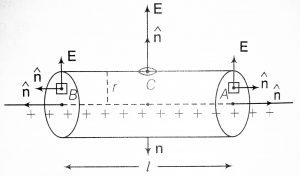

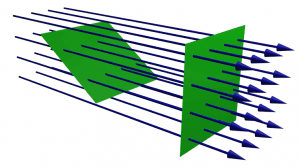
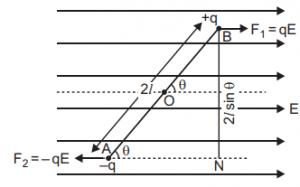

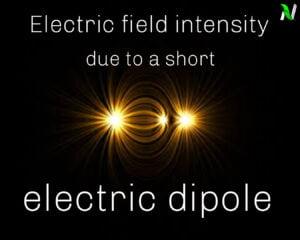
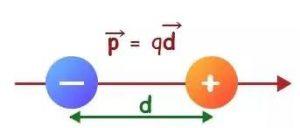
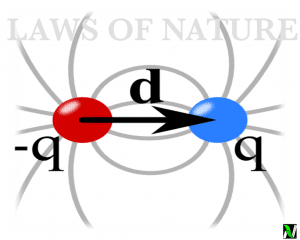

Relativistic Invariant not looking good. .(For a moving object following case arose.)
if we take a wire having net charge zero and take a +ve charged object near it, then it will not cause any force on +ve charge object.
if we pass current through wire and make object to move at same velocity as of current(electrons.) ,
then w.r.t +ve charge object's frame of reference the protons move backward with velocity of that object and electrons will seem to be at rest. then
as the protons(nucleus) are moving backward and having bigger size than elctrons, and as nucleus(protons) ar moving backward then they may experience length contraction in direction they moving and in every small area wire will have higher +ve charge density and the +ve charge will experience force.
here inspite of net zero charge , due to movement of charge force is exerted and movement causes impact.
Thanks for being touch, you are saying right but charge is unaffected from velocity, it doesn't changed whatever be the velocity.
When a electron revolve around the nucleus approximately with the speed of light, then the charge on the electron do not change it remains constant with e = 1.6×10^-19C.